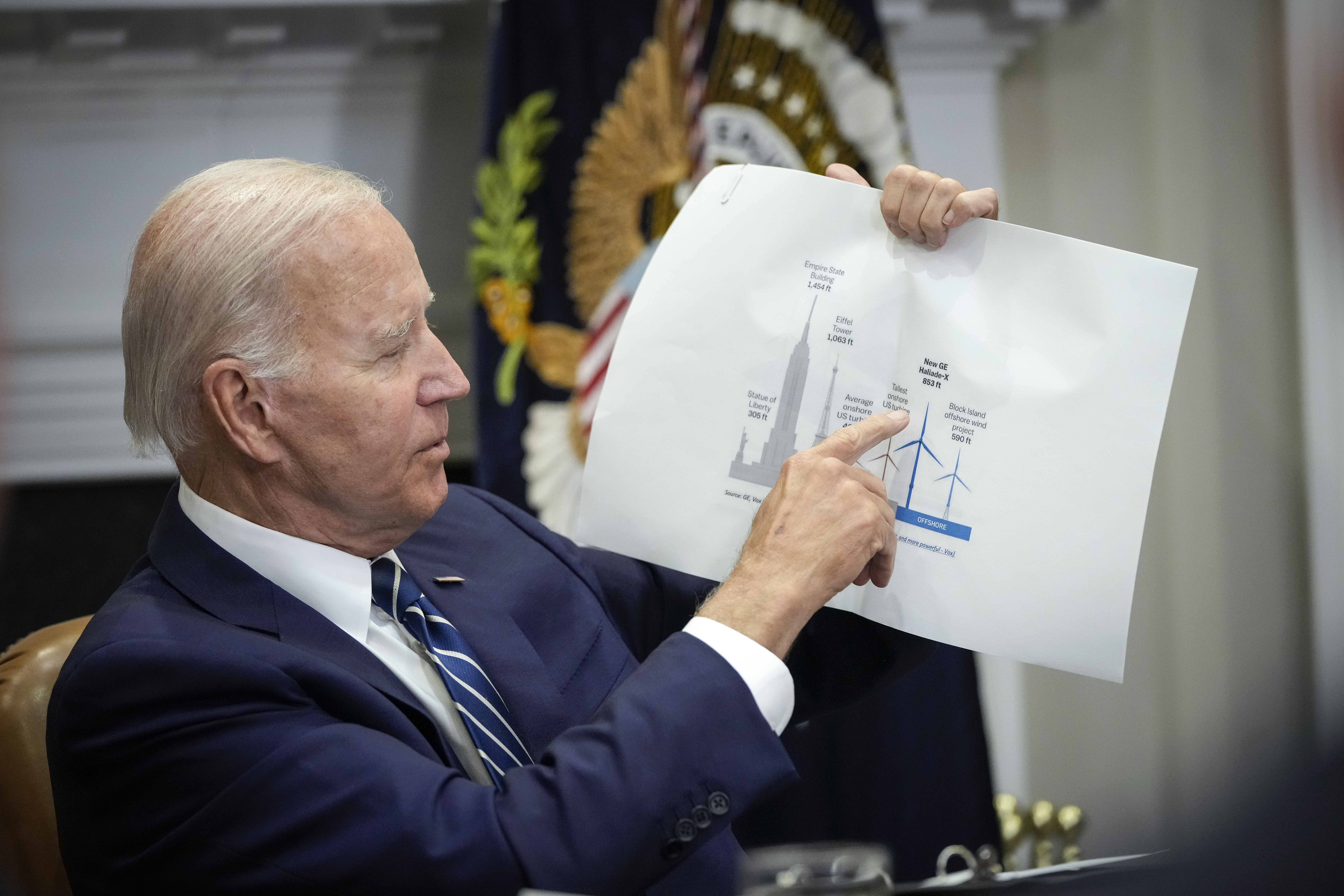A proposed Idaho wind energy project that is awaiting approval from the Biden administration would severely damage the surrounding communi...
A proposed Idaho wind energy project that is awaiting approval from the Biden administration would severely damage the surrounding community’s way of life while exporting power to California and other Western states, local stakeholders told the Daily Caller News Foundation.
Magic Valley Energy (MVE), an affiliate of the New York-based energy giant LS Power, is waiting for approval from the Bureau of Land Management (BLM) to construct 400 wind turbines across 73,000 acres of federal land along southern Idaho’s Lava Ridge, according to the company’s development plan. However, the proposed project will jeopardize the livelihoods of ranchers and farmers in the area in order to supply other states with power, stakeholders told the DCNF.
“I don’t know why they chose this area … our wind quality here is considered poor to moderate,” Dean Dimond, a local farmer, told the DCNF. “I haven’t met a single person who wants these huge wind farms here.”
Once the wind project is operational it will generate $4 million in annual tax revenue for the state government, according to MVE Energy’s website. The development will initially create hundreds of construction jobs but will only employ 20 people once the project is built, according to a March 2022 LS Power press release.
Although MVE states that Idaho’s utilities will be able to purchase power generated by the turbines, most of the energy will be exported to California and Nevada, according to Dimond. The company also indicates that some of the energy will go to other Western states; residents in California and Nevada pay significantly more for their electricity than those in Idaho which could make exporting power more profitable for MVE and LS Power.
The project will transport electricity via the existing Idaho Midpoint Substation or via the Southwest Intertie Project Northern Portion, which delivers electricity to California, Nevada and Arizona, according to the company’s development plan. MVE says that the project is needed to help Western states meet renewable energy targets; California and Nevada have some of the most ambitious green energy targets in the Western U.S., with California requiring renewables to produce 100% of the grid’s power by 2045 and Nevada aiming to make 100% of its energy “carbon-free” by 2050.
“Four million dollars isn’t a lot of money when you think about how the industrial activity, road building and the turbines themselves will severely impact our wildlife, landscape and tourism business,” John Arkoosh, a cattle rancher who operates in the area, told the DCNF. “The money won’t even come close to compensating Idaho for what they’re taking away from us.
The project would place windmills just 2 miles away from the Minidoka National Historic Site, an area where Japanese Americans were interned during the Second World War, according to Friends of Minidoka, a group that commemorates the interned Japanese Americans. The organization states that the proximity of the turbines would dishonor the Japanese Americans as well as Native Alaskans that fought in the war and desecrate the historic site.
The Idaho Chapter of the Sierra Club, an environmental nonprofit that supports the expansion of wind energy, also opposes the Lava Ridge project due to the proposed development’s ability to disrupt a site that is important to Asian American and Pacific Islander individuals, according to an August 2022 statement.
Interior Department Secretary Deb Haaland touted the wind project, which could generate up to 1,000 megawatts of energy annually, as part of the Biden administration’s efforts to secure a “clean energy future,” according to an August 2021 statement. The 2021 infrastructure bill and the Democrats’ climate bill provide tax credits to support wind energy projects like Lava Ridge; without such subsidies, wind developments would not economically viable, according to MVE’s website.
“It’s a wealth transfer from the U.S. government to some very large corporations,” Arkoosh said.

President Joe Biden points to a wind turbine size comparison chart during a meeting about the Federal-State Offshore Wind Implementation Partnership in the Roosevelt Room of the White House June 23, 2022, in Washington, DC. (Photo by Drew Angerer/Getty Images)
In March 2022, LS Power also announced the development of a second wind project that would be constructed on federal lands in southern Idaho’s Twin Falls to provide green power to Western states. The company stated that construction of the new wind farm could begin as early as 2024, adding that the development would generate more than $46 million in tax revenue.
“For years the BLM was really concerned about anything we did on our ranch allotments, but now they’re turning these guys loose onto the land.” Arkoosh stated. “Our water and feed systems will be completely torn up during the construction of the wind project which could take up to 10 years.”
MVE said that similar wind farms that have been deployed across the nation have been proven to be “compatible with farming and ranching communities,” according to a statement the company provided to the DCNF. The company touted the potential economic benefits of the project and also stated that the local community’s concerns will be addressed in the BLM Draft Environmental Impact Statement.
“The money is not important to us because we don’t want to alter our way of life … if it did, we wouldn’t be farming and living on this land,” Dimon said.